Access Control: 5 Benefits for Security in Public Agencies
Access control Access control is essential to ensure security in government agencies, considering the need to protect both physical assets and sensitive information. An effective system can be key to ensuring that only authorized individuals have access to restricted areas, minimizing risks and increasing operational efficiency. In this article, we will explore the five main benefits that access control offers for security in government buildings. This version places the keyword at the beginning, optimizing the text for SEO.
1. Prevention of Unauthorized Access
One of the main benefits of access control systems is the ability to restrict access to specific areas, allowing only authorized individuals to enter sensitive locations. This is essential in public bodies, where confidential documents and personal information need to be protected from unauthorized access. By using access cards, biometrics or passwords, it is possible to prevent unauthorized people from circulating in restricted areas, significantly reducing the risk of theft, vandalism or espionage. Additionally, access control allows you to define different permission levels based on an employee’s role or position. For example, a civil servant may only have access to their department, while managers may be allowed to access more sensitive areas.
2. Monitoring and Recording Entries and Exits
Another crucial benefit is the ability to monitor and record All entries and exits to the premises. This means that every time someone uses a card or other means of authentication to enter a controlled area, this action is recorded in the system. In the event of incidents or internal audits, these records can be consulted to verify who accessed a certain location and at what time.
.This type of monitoring is also useful for improving the responsibility of employees and visitors, as all movements are tracked. Additionally, in emergency situations such as fires or evacuations, the system can provide an accurate list of people present in the building.
3. Protection of the Public Heritage
Government agencies often store expensive equipment and critical data that needs to be protected from theft or damage. Access control helps protect these assets by ensuring that only authorized personnel can access areas where these assets are located.. This includes everything from rooms with servers and confidential files to laboratories with specialized equipment. In addition, modern systems can be integrated with surveillance cameras and alarms to provide an extra layer of security. If someone tries to force their way into a restricted area, the system can trigger an alarm immediately..
4. Improved Operational Efficiency
Access control also contributes to the operational efficiency of public bodies by automating processes related to permission and access management. For example, when a new employee is hired or a visitor needs to access a certain area temporarily, the system allows you to quickly adjust permissions without the need to physically exchange keys or locks.
Additionally, many modern systems can be integrated with management software (such as HR systems), allowing permissions to be updated automatically as the institution's staff changes. This saves time and reduces human error in access management..
5. Compliance with Regulations and Internal Policies
In an environment where compliance with laws is essential, such as in Brazilian public bodies subject to the General Data Protection Law (LGPD), strict control over who can access certain information is essential to avoid legal penalties.. Access control systems help public institutions comply with these regulations by ensuring that only authorized individuals can access sensitive data. They also facilitate internal and external audits by providing detailed records of who accessed which areas and when. This not only improves transparency but also increases the public trust in the government agency.
Conclusion
Access control systems are an effective solution for increasing security in public institutions, protecting both assets and sensitive information. By preventing unauthorized access, monitoring entries and exits, protecting valuable assets, improving operational efficiency and ensuring compliance with legal regulations such as the LGPD, these systems offer a robust approach to meeting the complex needs of public administration. If you want to implement a modern and efficient system in your public institution, contact us. C2H Solutions to learn about our customized access control solutions.
FAQ
- Can access control be integrated with other systems?
Yes! It can be integrated with surveillance cameras (CCTV), alarms and even administrative management systems for greater efficiency. - How does access control help protect sensitive data?
By physically restricting access to areas where data is stored (such as servers), in addition to combined use with digital authentications. - Is it possible to customize access levels?
Yes! Levels can be adjusted depending on the roles of employees or temporary visitors. - Can access control work remotely?
Yes! Many systems allow remote management via apps or online dashboards. - What are the most common types of authentication used?
The most common are magnetic cards, biometrics (fingerprint/face) and numeric passwords.

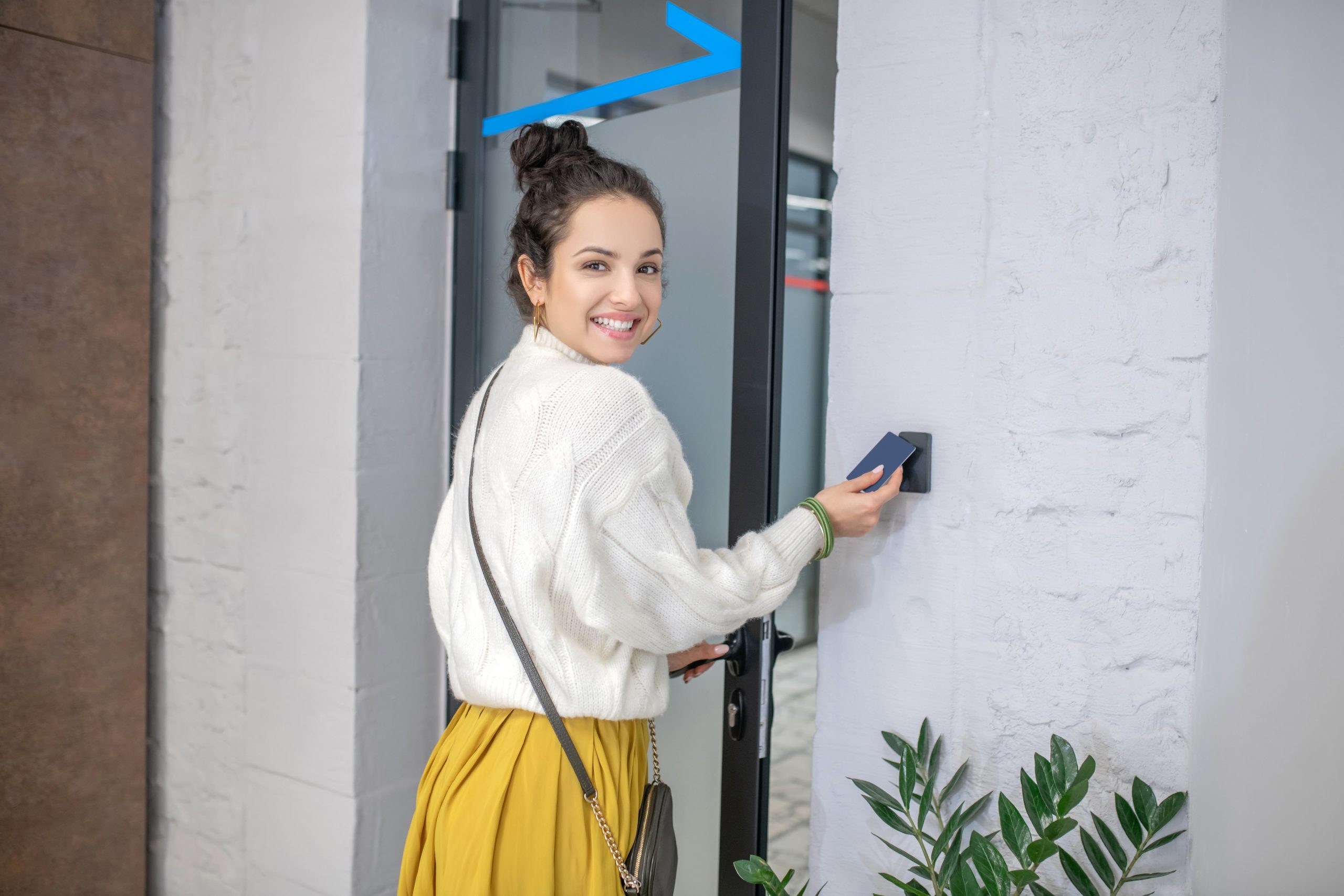
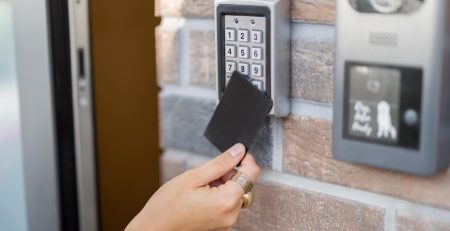

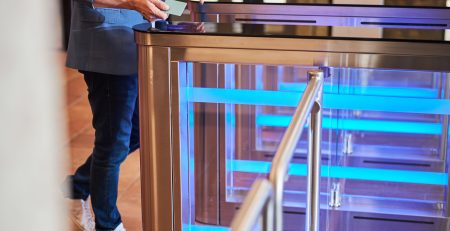

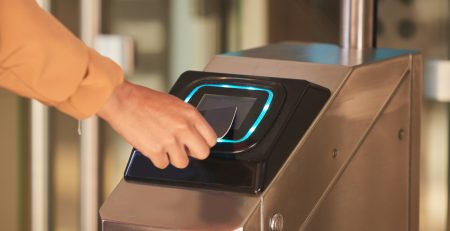
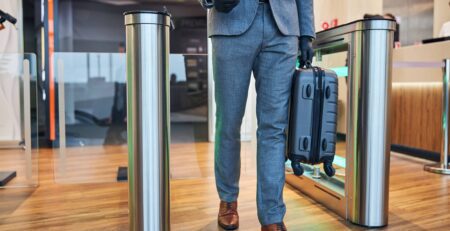
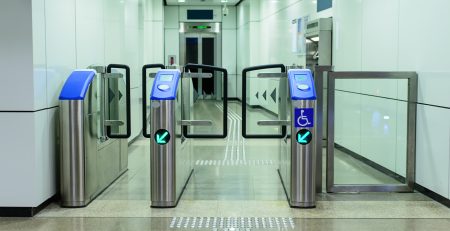
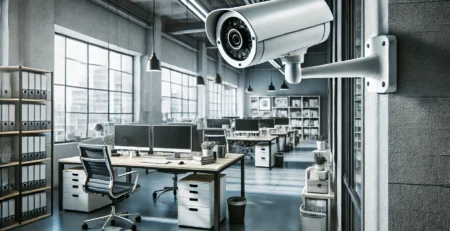

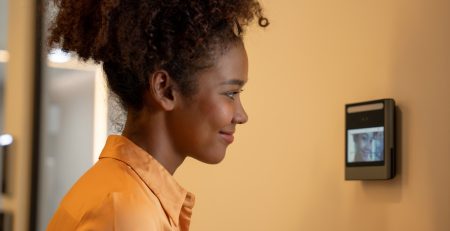
Comments (12)
💡 A segurança em órgãos públicos é fundamental, e o controle de acesso é uma ferramenta essencial para garantir a proteção de informações e pessoas. Implementar essas soluções não só melhora a gestão, mas também traz tranquilidade para todos os cidadãos.
👉 Quer aprofundar seus conhecimentos sobre #Controle de Acesso?
Explore mais conteúdos exclusivos em nosso blog na seção #Controle de Acesso.
🤝 Envie um email para nosso departamento comercial! comercial@c2hsolutions.com.br
💡 A implementação de um controle de acesso eficaz não só fortalece a segurança, mas também promove a confiança da comunidade em órgãos públicos. Invista em soluções que garantam tranquilidade e transparência!
👉 Quer aprofundar seus conhecimentos sobre #Controle de Acesso? Explore mais conteúdos exclusivos em nosso blog na seção #Controle de Acesso.
🤝 Envie um email para nosso departamento comercial! comercial@c2hsolutions.com.br
💡 O controle de acesso é essencial para garantir a segurança e a integridade dos órgãos públicos, proporcionando não apenas proteção, mas também eficiência operacional. Invista em soluções inovadoras para fortalecer sua gestão!
👉 Quer aprofundar seus conhecimentos sobre #Controle de Acesso?
Explore mais conteúdos exclusivos em nosso blog na seção #Controle de Acesso.
🤝 Envie um email para nosso departamento comercial! comercial@c2hsolutions.com.br
💡 A implementação eficaz de sistemas de controle de acesso não só fortalece a segurança, mas também promove a confiança na gestão pública. Esses benefícios são essenciais para a integridade das instituições!
👉 Quer aprofundar seus conhecimentos sobre #Controle de Acesso? Explore mais conteúdos exclusivos em nosso blog na seção #Controle de Acesso.
🤝 Envie um email para nosso departamento comercial! comercial@c2hsolutions.com.br
💡 O controle de acesso é fundamental para garantir a segurança e a integridade dos órgãos públicos. Implementar soluções eficazes faz toda a diferença na proteção de informações sensíveis e na confiança da população.
👉 Quer aprofundar seus conhecimentos sobre #Controle de Acesso? Explore mais conteúdos exclusivos em nosso blog na seção #Controle de Acesso.
🤝 Envie um email para nosso departamento comercial! comercial@c2hsolutions.com.br
💡 A segurança em órgãos públicos é essencial, e o controle de acesso pode transformar a proteção de informações e pessoas. Com as soluções certas, é possível garantir um ambiente mais seguro e eficiente!
👉 Quer aprofundar seus conhecimentos sobre #Controle de Acesso? Explore mais conteúdos exclusivos em nosso blog na seção #Controle de Acesso.
🤝 Envie um email para nosso departamento comercial! comercial@c2hsolutions.com.br
💡 A implementação de um controle de acesso eficaz não só fortalece a segurança, mas também promove a transparência nas ações dos órgãos públicos. É um passo fundamental para garantir a confiança da população!
👉 Quer aprofundar seus conhecimentos sobre #Controle de Acesso? Explore mais conteúdos exclusivos em nosso blog na seção #Controle de Acesso.
🤝 Envie um email para nosso departamento comercial! comercial@c2hsolutions.com.br
💡 O controle de acesso é fundamental para garantir a segurança em órgãos públicos, protegendo dados e pessoas. Implementar soluções eficazes não só aumenta a proteção, mas também melhora a eficiência operacional.
👉 Quer aprofundar seus conhecimentos sobre #Controle de Acesso? Explore mais conteúdos exclusivos em nosso blog na seção #Controle de Acesso.
🤝 Envie um email para nosso departamento comercial! comercial@c2hsolutions.com.br
#Controle de AcessoControle de Acesso: 5 Benefícios para a Segurança em Órgãos Públicos#Controle de AcessoSegurança com Inovação e Confiabilidade – C2H Solutions
#Controle de AcessoControle de Acesso: 5 Benefícios para a Segurança em Órgãos Públicos#Controle de AcessoSegurança com Inovação e Confiabilidade – C2H Solutions
#Controle de AcessoControle de Acesso: 5 Benefícios para a Segurança em Órgãos Públicos#Controle de AcessoSegurança com Inovação e Confiabilidade – C2H Solutions
#Controle de AcessoControle de Acesso: 5 Benefícios para a Segurança em Órgãos Públicos#Controle de AcessoSegurança com Inovação e Confiabilidade – C2H Solutions